Theatre of Dionysus
Heralded as the world's first theater, these ruins are often overlooked as they reside in the shadows of the Acropolis.
This site is often overlooked by tourists to the region who opt to visit the more well-known Acropolis. However, the significance of this ancient site can’t be understated.
Nestled along the slopes of the Acropolis in Athens are the ruins of the Theatre of Dionysus. The structure dates back to the 6th century BC and is believed to be the first theatre ever constructed. It was originally developed as a site for religious practices and festivals dedicated to Dionysus, the god of wine and plays. The theatre would eventually become the birthplace of the Greek tragedy.
The seating around the theatre was originally composed of wood. During the Hellenistic period, marble thrones were added around the orchestra area for important figures and dignitaries. When Rome controlled the region during the year 61, numerous alterations were made to the theatre. A new stage was constructed that included marble flooring and more seating space was added. The theatre was then dedicated to Dionysus and emperor Nero. It’s thought that the massive theatre could seat up to 17,000 people.
By the time of Byzantium, the theatre had been mostly destroyed (partly due to construction over the structure). The theatre remained hidden until it was rediscovered during the 1700s, however, the first formal archaeological excavation wasn’t conducted until 1838. What remains of the theatre is largely associated with its tiered seating, including some of the marble VIP seats.
Today, the site looks insignificant when compared to the other theatre on the slopes of the Acropolis, the Odeon of Herodes Atticus, which is better preserved and a significantly later structure. Most people that visit the region only catch a glimpse of this once grand theatre from the top of Acropolis hill.
Know Before You Go
If you venture to the Acropolis during the summer, it's essential to take some form of hydration.

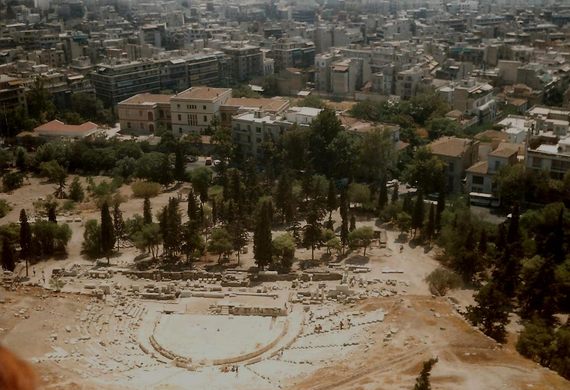

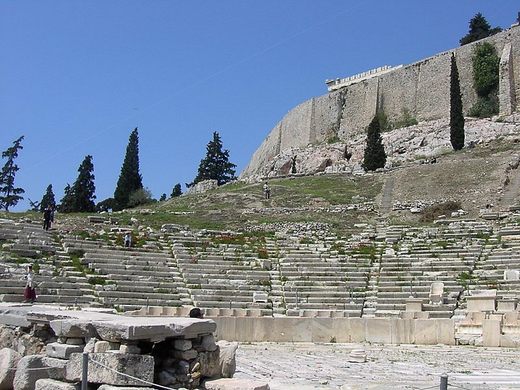
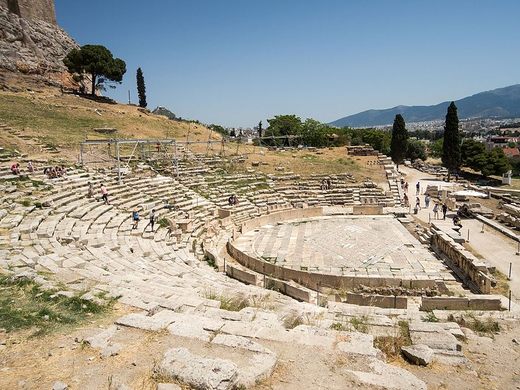
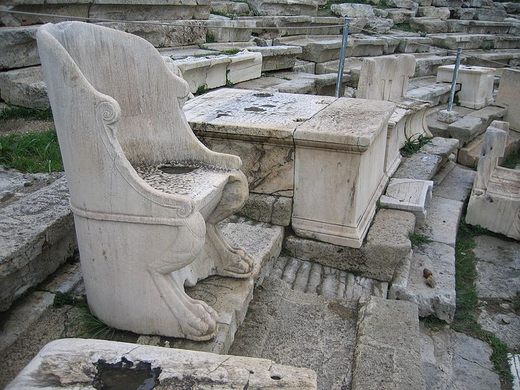























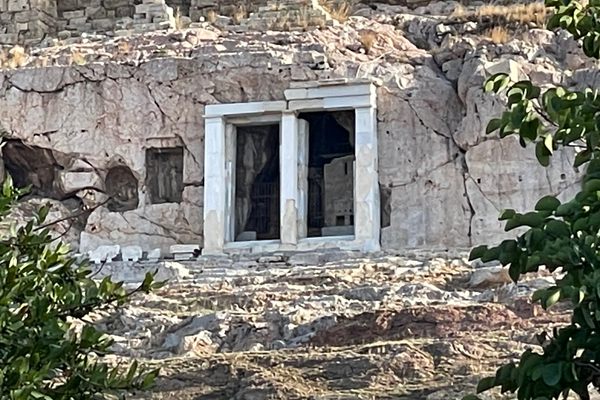
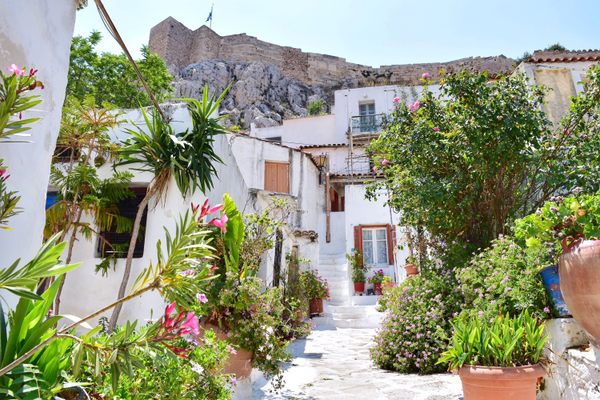




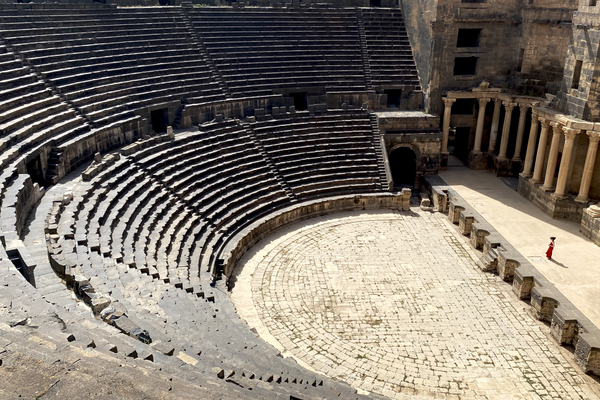


Follow us on Twitter to get the latest on the world's hidden wonders.
Like us on Facebook to get the latest on the world's hidden wonders.
Follow us on Twitter Like us on Facebook